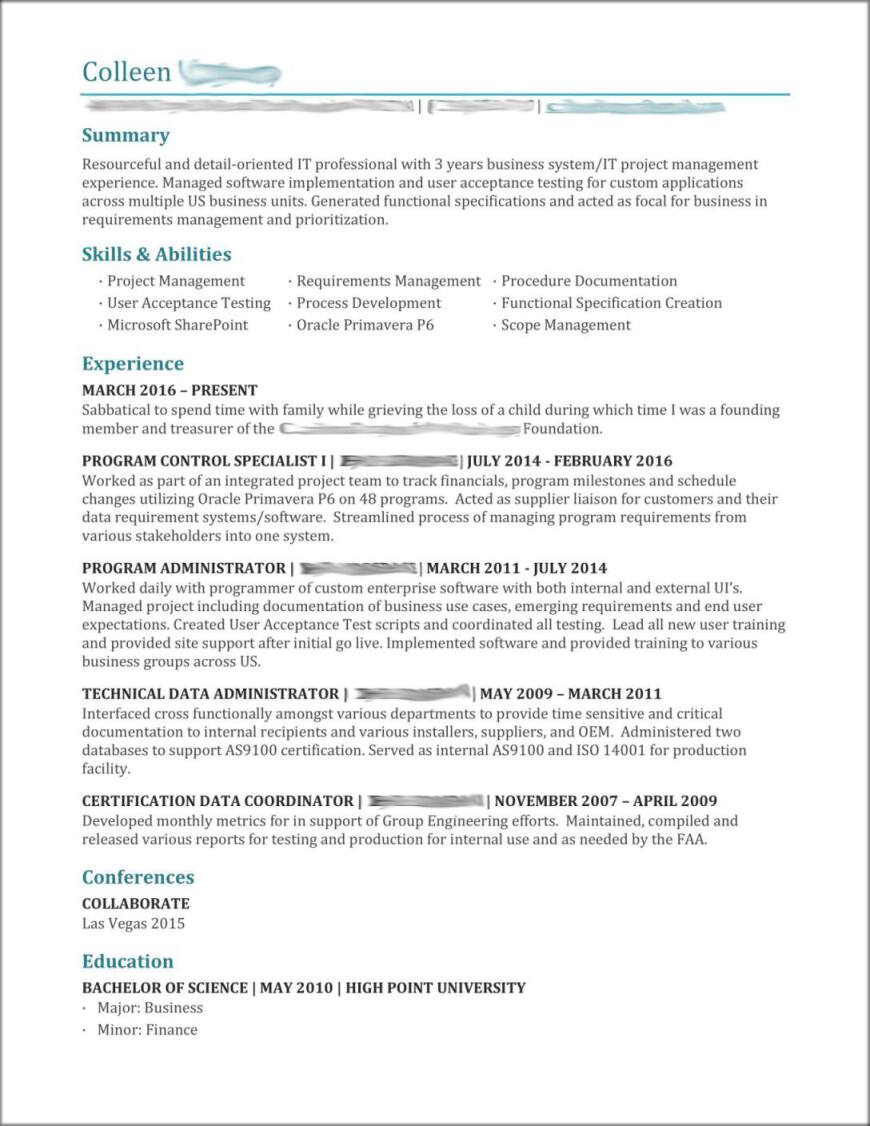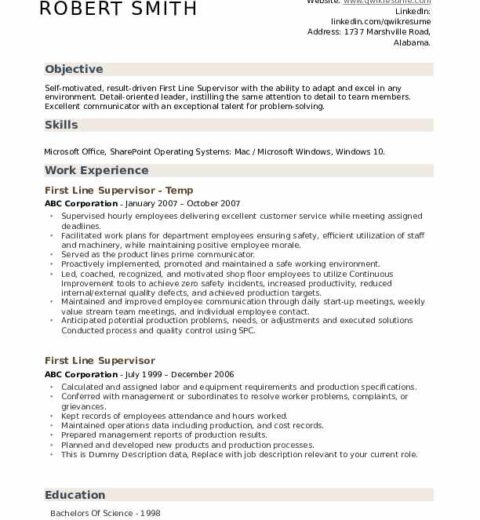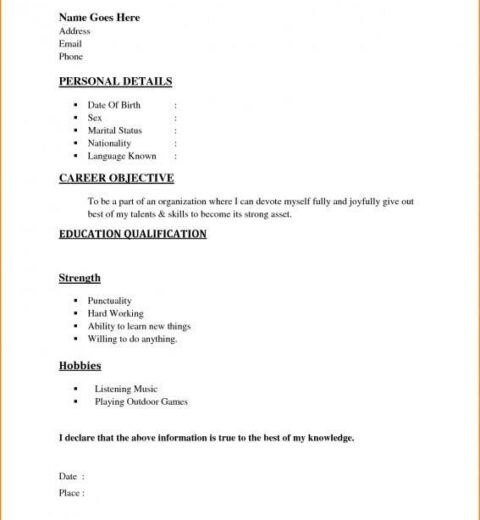In the increasingly competitive landscape of job applications, standing out from the crowd can be a daunting challenge. One pivotal element that can elevate a resume is the way skills are articulated. Crafting the skills section of your resume is not merely about listing mundane capabilities; it requires a strategic approach that showcases your unique attributes while resonating with potential employers.
The first step in creating a compelling skills section is selecting the right skills. This selection should triumphantly reflect both hard and soft skills. Hard skills can be defined as measurable abilities acquired through education or experience, such as proficiency in programming languages, data analysis, or project management. Conversely, soft skills encapsulate interpersonal abilities, emotional intelligence, and adaptability—traits that prove crucial in the workplace. A harmonious blend of these two categories demonstrates versatility and comprehensive proficiency, appealing to a broader spectrum of employers.
Once suitable skills are identified, emphasis must be placed on the language used to convey them. Instead of utilitarian terms that fail to provoke excitement, select descriptive adjectives and industry-specific jargon that encapsulate expertise. For instance, when delineating proficiency in software, phrases like “adept at leveraging advanced analytics tools” or “proficient in developing dynamic applications” create a vivid, enticing representation of capability. This can intrigue hiring managers, making them eager to discover more about what you would bring to their organization.
Furthermore, contextualization enhances appeal. Instead of relegating skills to a bullet-point list, consider weaving them into a narrative format. For example, instead of simply stating “strong communication skills,” articulate it through an anecdote: “Leveraged exceptional communication skills to lead cross-departmental collaboration, resulting in a 25% reduction in project turnaround time.” Such a technique not only emphasizes veracity but also provides a glimpse into how those skills translate into actionable achievements. This bridge between capability and real-world application is vital for demonstrating potential value.
Moreover, tailoring the skills section to align with the prospective employer’s needs can significantly increase your competition profile. A thorough examination of the job description should reveal key skills favored by the employer. Customizing your skills section to reflect these priorities illustrates not only attentiveness to the role but also an understanding of the company’s operations and values. However, this should be done judiciously; an overemphasis on superficial alignment can render the resume inauthentic.
In a world that increasingly values authenticity, integrating personal brand elements into the skills section adds a unique flair. Incorporating insights into how you’ve cultivated skills over time—through specific projects, challenges overcome, or relevant experiences—impart both clarity and intrigue. Rather than presenting an impersonal list, allow your character to shine through a narrative of growth and passion for your field. This not only captivates interest but also differentiates you from other candidates who may have similar qualifications.
Another facet to consider is the use of quantifiable achievements. Metrics can serve as a powerful tool to substantiate claims, lending credibility to your assertions. Instead of merely stating “excellent negotiation skills,” bolster that statement with evidence: “Successfully negotiated contracts that resulted in a savings of over $100,000 for previous employers.” Specific numbers not only embellish your claims but also provide a concrete framework for understanding your capabilities.
Visual appeal should not be neglected in a world where aesthetics matter. An organized, well-designed resume can enhance readability and make a lasting impression. Ensure that the skills section is visually distinct—consider using bullet points, bolding key aspects, or even incorporating icons for tech-savvy skills. The goal is for your skills to pop, drawing attention in a sea of text. But maintain professionalism; clutter and excessive design can detract from the overall integrity of your resume.
Additionally, embracing the current trends in resume crafting, such as incorporating keywords from applicant tracking systems (ATS), is becoming imperative. Many organizations utilize these systems to filter out resumes that do not include specific terminology associated with desired skills. Therefore, researching common industry keywords related to your skillset allows you to embed these terms seamlessly into your resume, optimizing your chances of making it past initial automated screenings.
It is also prudent to demonstrate ongoing skill development through lifelong learning. This may involve including certifications, courses, or workshops that highlight a commitment to self-improvement. Stating that you are “currently pursuing certifications in agile project management” not only showcases ambition but also signals an understanding of industry boundaries and requirements as they evolve. This proactive stance emphasizes you as a forward-thinking candidate, both adaptable and keen on growth.
Lastly, solicit feedback from peers or mentors regarding your skills section. An objective perspective can yield insights you may have overlooked and help refine your presentation. Engaging with professionals in your field aids in understanding industry standards and expectations, ensuring that your skills resonate with current trends. A different set of eyes can also illuminate areas for enhancement or provide invaluable suggestions to amplify clarity and impact.
In conclusion, what to say for skills on a resume is not a simplistic endeavor. It encompasses a strategic intertwining of terminology, narrative, authenticity, and visual appeal, all tailored to fit the prospective employer’s landscape. Approaching the skills section with thoughtful consideration and creativity transforms what could be a banal list into a compelling declaration of your professional persona. Through meticulous crafting, you can extraordinary encapsulate your abilities and set yourself apart in a competitive job market.




